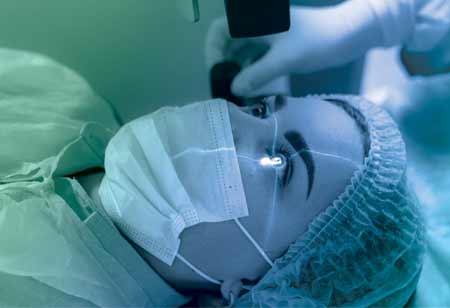Thank you for Subscribing to Healthcare Business Review Weekly Brief
Is There Still Room for Improvement in the Cataract Surgery Space?

Be first to read the latest tech news, Industry Leader's Insights, and CIO interviews of medium and large enterprises exclusively from Healthcare Business Review
Thank you for Subscribing to Healthcare Business Review Weekly Brief

By
Healthcare Business Review | Monday, June 12, 2023
Stay ahead of the industry with exclusive feature stories on the top companies, expert insights and the latest news delivered straight to your inbox. Subscribe today.
Advancements in technology have greatly improved the safety and reliability of cataract surgery, making it one of the most popular surgical procedures in medicine. With an estimated 20 million surgeries performed worldwide, their growing demand includes the increased prevalence of cataract disease, ocular disorders, and the geriatric population.
Cataract or cloudy lens disturbs normal vision, including fading or yellowing of colors, double vision in a single eye, seeing “halos” around lights, and sensitivity to light and glare.
During the early stages, most patients can improve their condition with an update to their glasses or contacts prescription. However, over time, when cataracts worsen with age, many people end up needing surgery to replace the existing “cloudy” lens with a new synthetic one. The surgery is painless and brief, lasting only 15 to 20 minutes on average, with the whole experience of cataract surgery taking a little more than a couple of hours.
Most modern types of cataract surgery involve replacing the cataract lens with a transplant called an intraocular lens (IOL). Some of the common cataract surgery techniques include phacoemulsification, manual extracapsular cataract surgery (MECS), manual small incision cataract surgery (MSICS), femtosecond laser-assisted cataract surgery (FLACS), and intracapsular cataract surgery.
However, cataract surgery is no longer a procedure to eliminate the obstacle in vision, providing some restoration of vision. It has become a refractive procedure to eliminate all refractive errors, including astigmatism, and in many cases, manage co-existing presbyopia.
To that end, there have also been many technological advances toward improved biometry, latest-generation IOL power calculation formulas, and intraoperative aids that help eye care providers improve the predictability of postoperative refractive results and presbyopia simultaneously.



